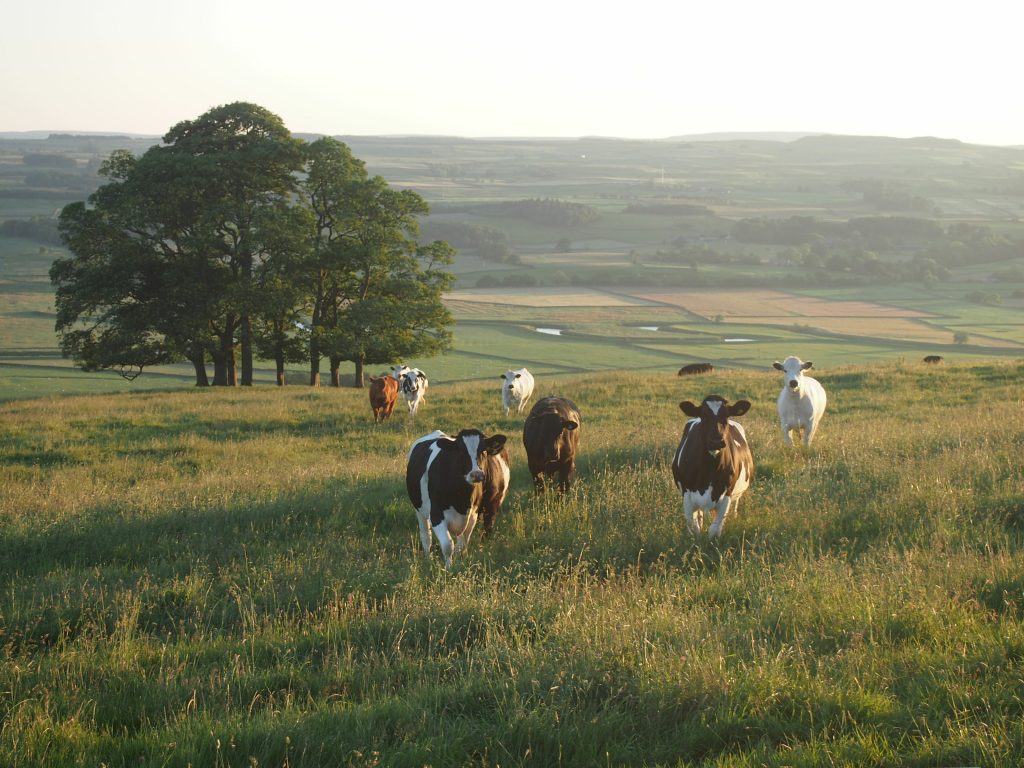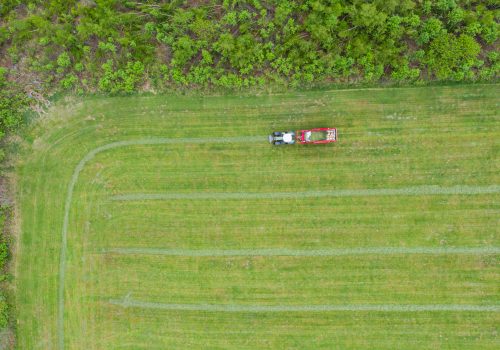The future of food: Imagining our food system in the decades to come
Our global food system is complex, with trade-offs existing between efficiency, equity, and human and environmental health. Managing a transition, even without cultural factors and vested interests involved in food systems, is highly challenging.
However, a number of promising technologies, including hydroponics, cultured meat, innovations across aquaculture and the use of bacteria in nutrient production are critical in the future of food.
Challenges for the future of food
COVID-19 has exacerbated a dire global malnutrition crisis, where calories have been prioritized over nutrients, and a small minority of people have balanced and healthy diets. Vitamin and mineral deficiencies exist throughout the world, and leading to both obesity and emaciation. The number of people malnourished globally in 2019 prior to the COVID-19 pandemic was 820 million, making United Nations’ Sustainable Development Goal 3 of zero hunger by 2030 especially challenging.
Climate change presents unprecedented challenges to agriculture, whilst agriculture and the food distribution system at large contribute a significant portion of the world’s greenhouse gas emissions, either directly through livestock and plant production or indirectly through changes to land structures and wildlife habitats. The increasing incidence and severity of natural hazards, soil degradation, a decline in arable land, climate-related migration and conflict, all contribute to the challenges we are facing to food security, whilst the need to reduce emissions to limit global warming provides challenges for agriculture.

Public health implications for the future of food
The last year has shown the stark deficiencies in every country’s healthcare infrastructure. For too long rising costs and other priorities eroded at government budgets set aside for public health and the effects have made themselves felt.
In many nations, rich and poor alike, simple preventable acts like wearing a mask, washing our hands and maintaining physical distance have proved much more effective than expensive therapies or repeated tests. Moving towards simple and preventable interventions, and integrating our knowledge of food and nutrition into these strategies, is a fundamental variable in which small investments can lead to large dividends and significantly improve our overall health and wellbeing.
The global population is set to grow from 7.8 billion today to 9.7 billion by 2050, with urbanization increasing from 55.7% today to 68% by 2050, driven partially by climate change induced migration. This will undoubtedly increase pressures of production and distribution. However, given both the emissions produced by agriculture and associated vulnerabilities to natural and manmade hazards, alternative food production could be the future.
What is a food system beyond agriculture?
Alternative proteins
71% of the earth is covered in water, and using more of it for food can relieve pressure on land. However, globally declining fish stocks leave aquaculture as the main option to scale ocean-based food production systems.
Seaweed is a highly nutritious food source and doesn’t need any land, fresh water or fertilizer to grow. Using just 9% of the ocean to grow seaweed produces enough food for the world, enough biomass for global energy demand and would absorb global total CO2 emissions.
“Scaling seaweed production could both ensure global food security whilst making a major contribution to nature based carbon capture and storage”
Moreover, alternative proteins that can be ‘manufactured’ and don’t require sunlight are already being used for animal feed. Solar Foods produces food from CO2, air and electricity, fully disconnected from agriculture, and according to them “It’s 100 times more climate-friendly than meat and 10 times better than plants”. Novonutrients is another startup that uses bacteria and waste CO2 emissions (CO2 + hydrogen) to produce protein-based fishmeal. According to them, “The annual CO2 emissions from a large cement plant would create 3 billion dollars of our protein flour, worth the same as the entire annual soy production of the state of Nebraska — 330 million bushels a year”.
Both natural hazards, such as volcanoes and man-made hazards such as nuclear weapons can cause solar shading, and inhibit sunlight, significantly reducing agricultural yields. Technologies such as converting bacteria to protein and scaling seaweed production would allow the food production gap to be met in such scenarios.
The recent news of Singapore becoming the first country in the world to allow the sale of lab grown meat has highlighted how quickly this industry is evolving. In a 2019 report, Barclays predicted that alternative meat could capture 10% of the $1.4-trillion global meat market over the next decade. According to a Nielsen report from May 2020, the sale of plant-based meats, which have been available in retail outlets and restaurants since 2018, grew by 264% in the US. Well-funded startups the world over, like Memphis Meats, Mosa Meat, BlueNalu, Finless Foods, Aleph Farms and more are hoping to capitalize on this growing consumer trend and change the way we eat.
Although alternative foods are highly promising, they are unlikely to replace agriculture entirely. Changes in bio-tech, gene editing, and GMO applications are guaranteed to affect current agriculture practices and must be taken into account.

Gene editing via CRISPR-Cas-9
CRISPR- Cas9 has quickly become an essential plant breeding tool, which has been reflected in the level of interest generated in the plant breeding community. Part of its popularity is due to its ability to edit multiple gene loci simultaneously by introducing multiple DNA strand breaks, while still being relatively easy to use. Recent advancements in the biotechnological techniques using this tool has led towards the augmentation of various foods to enhance the macro and micronutrient aspects of these items.
The primary concern currently is consumer acceptance to these commercially available edited food products, specifically due to the varying regulatory provisions in different countries. A global scientific consensus and uniform regulatory measures across countries may provide the necessary catalyst this industry needs to move beyond the research setting.
These tools could be a potential means to helping solve issues of under or poor nutrition, particularly for low income settings. It is conceivable to expect such techniques to become more mainstream and alter the way food is grown, harvested, prepared and consumed in the developed nations as well over this coming decade.
Hydroponics
Hydroponics is the process of growing plants in a nutrient-mineral solution without using soil. It uses up to 90% less water, can produce 3-10x in the same space and many crops can be produced twice as fast. As unit costs of the required hardware fall, and IoT devices enable fully automated hydroponic farms, the cost of plant production is likely to decrease dramatically in upcoming years.
It is clear that the challenge to feed our planet in upcoming decades is not a technical one, but a human one. The power of the “agriculture lobby” in the USA, EU and elsewhere make food innovation challenging, as exhibited in the lawsuit won by dairy farmers against plant based dairy alternatives in the EU in October 2020.

It has been historically accepted that whilst the advent and widespread adoption of agriculture allowed for the most efficient means of creating consumable food, its practice has narrowed the variety of nutrients we consume. As technology has now advanced over the past few decades, we are reaching a potential stage and must consider that the way we view agriculture can change drastically, away from farms and land parcels, towards labs and oceans.
Over one in four people on the planet work in agriculture, and transitioning to a more efficient system could cause significant unemployment, especially if non-agricultural components play a major part. Alternative livelihoods must be provided if this shift is to be managed smoothly, potentially providing farmers with economic incentives towards more climate-friendly activities, such as reforestation.
Finally, it is important to mention that food systems are equally demand led as supply led. Cultural factors involving food preferences, and palatability are crucial for the future of food, with consumer adoption of taste and texture a necessary prerequisite to transform food systems.
Related articles

The GeoTech Center champions positive paths forward that societies can pursue to ensure new technologies and data empower people, prosperity, and peace.
